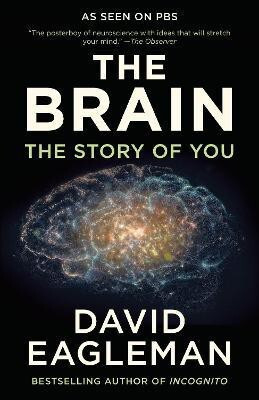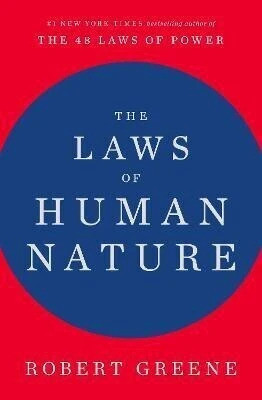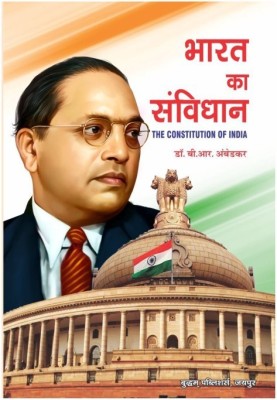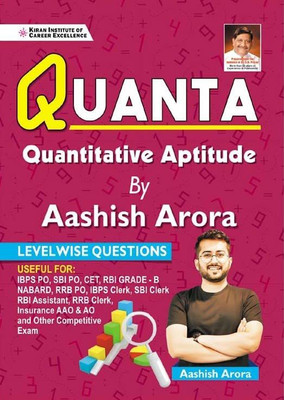
IGNOU BGYCT 131 Physical and Structural Geology Study Guide (In Depth Easy Guide) for Ignou Student. (Paperback, BMA Publication)
Share
IGNOU BGYCT 131 Physical and Structural Geology Study Guide (In Depth Easy Guide) for Ignou Student. (Paperback, BMA Publication)
Be the first to Review this product
₹487
₹999
51% off
Coupons for you
T&C
Available offers
T&C
T&C
T&C
Delivery
Check
Enter pincode
Delivery by24 Jul, Thursday
?
View Details
Highlights
- Binding: Paperback
- Publisher: BMA PUBLICATION
- ISBN: 9785595033985
- Edition: LATEST, 2024
- Pages: 55
Services
- Cash on Delivery available?
Seller
Description
IGNOU BGYCT 131 on Physical and Structural Geology would involve covering various aspects of geology in a clear and comprehensive manner. While I can't provide a full guidebook, I can outline key topics and suggest resources for each.
Introduction to Geology:
Definition and scope of geology.
Importance and relevance of geology in understanding Earth's processes.
Overview of the branches of geology, including physical and structural geology.
Earth's Structure and Composition:
Layers of the Earth (crust, mantle, core) and their characteristics.
Composition and properties of Earth's materials (rocks, minerals).
Geological processes responsible for Earth's structure (e.g., plate tectonics, erosion, deposition).
Minerals and Rocks:
Definition and classification of minerals.
Properties and identification of common minerals.
Types of rocks (igneous, sedimentary, metamorphic) and their formation processes.
Rock Deformation and Structural Geology:
Types of geological structures (folds, faults, joints, foliations).
Causes and mechanisms of rock deformation (e.g., compression, tension, shear).
Methods of measuring and interpreting geological structures.
Geological Maps and Cross Sections:
Interpretation and construction of geological maps.
Understanding symbols, legends, and stratigraphic columns on geological maps.
Creation and interpretation of geological cross sections.
Geological Time and Dating Methods:
Geological time scale and its divisions (e.g., eons, eras, periods).
Principles and methods of relative dating (e.g., stratigraphy, faunal succession).
Absolute dating techniques (e.g., radiometric dating, dendrochronology).
Geomorphology and Landforms:
Study of landforms and their formation processes.
Classification of landforms (e.g., mountains, valleys, plains).
Geomorphic processes (e.g., weathering, erosion, deposition) and their effects on landscapes.
Resources and Further Reading:
Recommended textbooks for physical and structural geology (e.g., "Physical Geology" by Charles C. Plummer and Diane H. Carlson).
Online resources such as lectures, articles, and interactive simulations.
Practice exercises, fieldwork assignments, and self-assessment tools.
Read More
Specifications
Book Details
| Publication Year |
|
| Exam |
|
| Number of Pages |
|
University Books Details
| Degree/Diploma |
|
| Specialization |
|
| Subject |
|
Additional Features
| Age Group |
|
Dimensions
| Width |
|
| Height |
|
| Depth |
|
| Weight |
|
In The Box
|
Be the first to ask about this product
Safe and Secure Payments.Easy returns.100% Authentic products.
Back to top




